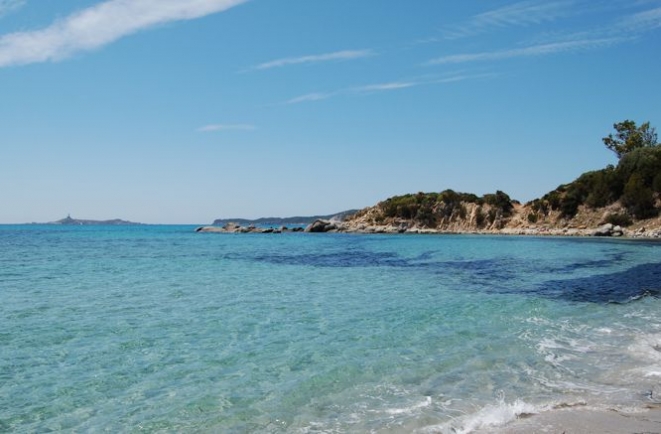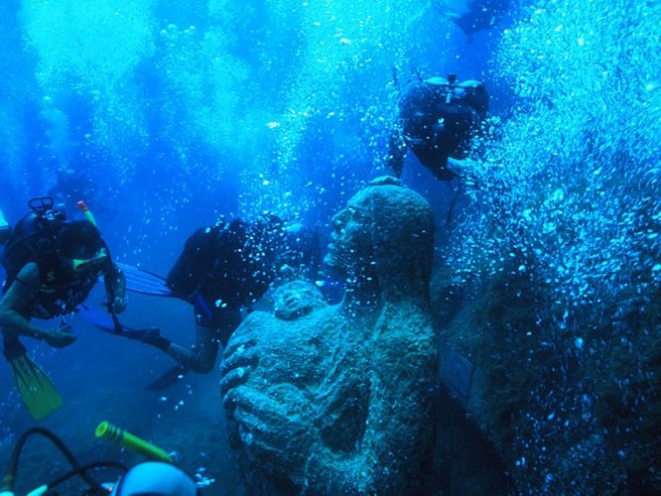The green magic of the Villasimius coast
Where the establishment of the Marine Protected Area preserved biodiversity
Green as the emerald sea, as the undergrowth in autumn, green as the almond trees in summer or as the Marine Protected Area of Capo Carbonara. However, not many people know that Villasimius spreads all its beauty in the spring. You could not stop once past the isthmus of Capo Boi, the hair windswept and salt that stings the nostrils, to admire so much wonder. A green dies in another, resurrects little further, blurring into the blue, climbs up to purple, dots the golden sand, than shining in the lighter tones of the glades with the new grass.

The coastline unfolds from here on dozens of coves, peninsulas, cliffs, islands, beaches by the tropical splendor, yet immersed in the fragrant scrub. It is the granite, sloping down from the massif of the Sette Fratelli mountains makes this sea crystal clear.
To break this blend of sizes there are two abandoned quarries: Cava Usai and Punta Molentis. Here the granite blocks, ready to be boarded, are left abandoned, the edges eroded by the weather, becoming a refuge for small crustaceans and molluscs and creating scenes of great suggestion.
Both quarries face an island, respectively the island Cavoli and Serpentara, while in the moorlands behind erupt blooms with a variety of species observed in few other places. The green stain and flowers from the most abstruse shapes follow one another like the frames of a film, contrasting or accompanying it with the brilliant tones of the buds. So much biodiversity continues underwater, thanks to the establishment of the Marine Protected Area of Capo Carbonara, which prevented the degradation of make its way, through the regulation of fishing, which in certain areas is forbidden, and scuba diving, permitted only through approved structure.

Here too, the green of the huge posidonia beds is broken by the gorgonians and by the yellow cluster anemones. The sandy bottom accommodates banks of Pinna nobilis, a bivalve mollusc endemic of the Mediterranean, whose presence reveals the absence of pollution. A few years ago were seen also specimens of monk seal and the increase in water temperature has enabled some tropical species to settle here. Symbol of such biodiversity is Dracunculus muscivorus a carnivorous plant, endemic of some small islands in the Mediterranean, which spontaneously grows on the islands of Cavoli and Serpentara.
Also noteworthy Notteri beach, also called beach of the two seas. The second sea is actually a brackish lagoon, which often hosts pink flamingos and other species of marsh birds that choose this quiet area to rest during the migration transit between Africa and Europe.
What kind of beach fancy today? A long stretch of golden sand with calm waters, or one with perfect waves for surfing? A secret cove at the bottom of a cliff or a bay that hides the ruins of a Phoenician port? When you are on vacation in Villasimius, this is the kind of dilemma that you have to solve.